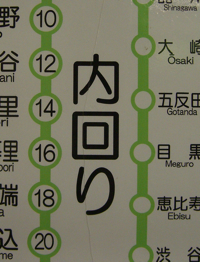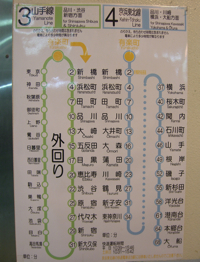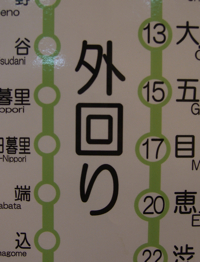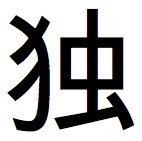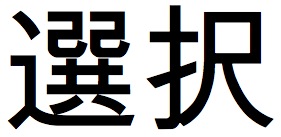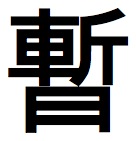現在進行形 is the name of the tense (present progressive in English). You’re probably well familiar with this pattern. 食べています (tabete imasu). 飲んでいます (nonde imasu). Eating stuff. Drinking stuff. Doing stuff in general.
But I was reminded last week by 落ち着いている that you have to be careful with this pattern in Japanese because the same construction can be used as stative description depending on the verb. One of the best examples of this is the phrase 変わっている. This should not be translated as “is changing.” If something is 変わっている it means it is “in a changed state,” i.e. it is strange or weird. This is often used to describe quirky, unusual people.
You have to be vigilant not to fall into this traps. I recently had to pull myself out of one. In the Murakami story “The Town and Its Uncertain Wall,” there is a short introduction where the narrator meditates on the uncertainty and ineffectiveness of words:
語るべきものはあまりに多く、語り得るものはあまりに少ない。
おまけにことばは死ぬ。
一秒ごとにことばは死んでいく。路地で、屋根裏で、荒野で、そしで駅の待合室で、コートの襟を立てたまま、ことばは死んでいく。
お客さん、列車が来ましたよ!
そして次の瞬間、ことばは死んでいる。
I initially translated that last line as “And the next moment words are dying.” But it actually should be “And the next moment words are in the state of being dead”; in other words, “words are dead.” This passage is interesting because you have three different conjugations of the verb die: 死ぬ (shinu), 死んでいく (shinde iku), and 死んでいる (shinde iru). Here is the translation I ended up with:
There are too many things I want to say and too few things that I am able to say.
And to make matters worse, words die.
Every second words are dying. Words die in alleyways, in attics, in the wilderness, and in waiting rooms at stations with the collar on their coat turned up.
Excuse me, sir! The train is here!
And the next moment, words are dead.
I guess if you wanted to be more dramatic and read into it a little you could go with “Every second words are uttered and then go off to their death” for 死んでいく. Anyone have other ideas?
If you are trying to say “is changing” you should probably say 変化している (or possibly 変身している), or you could bust out some ところ action and say 変わっているところ.
Other frequently used examples are:
開いている。 It’s open.
閉まっている。 It’s closed.
冷えている。 It’s chilled (and ready to drink).
Maintain gerund vigilance.



